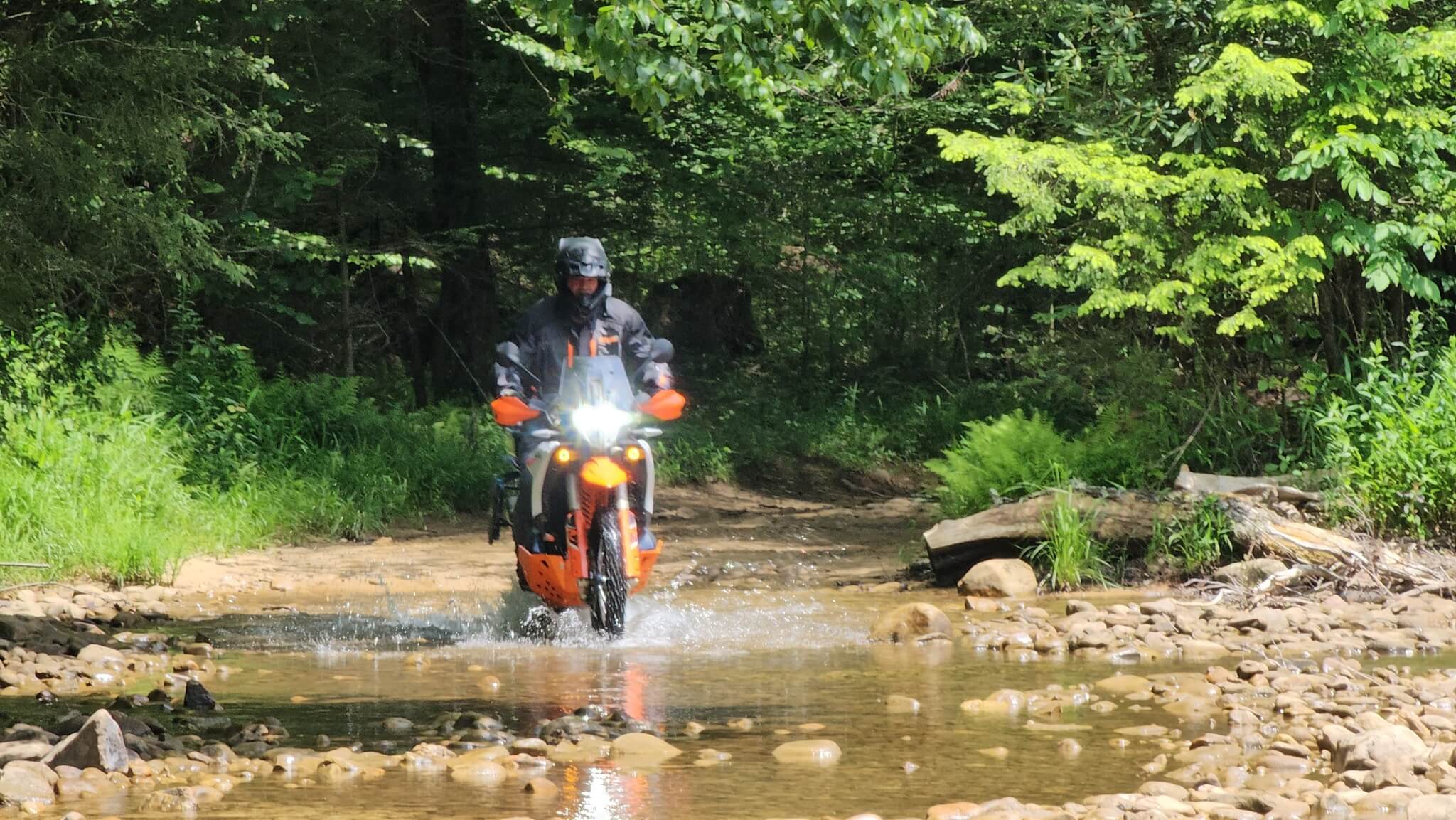✅ SECTION 5: Safety & Situational Awareness
The trail can be unpredictable. A sunny ride can turn into a thunderstorm.
A stable path can give way to mud or loose rock. That’s why being alert, cautious, and prepared is a must. Safety doesn’t mean fear—it means readiness. Start by riding at a pace that matches your visibility, your terrain, and your skill level.
Just because your machine can go fast doesn’t mean you should. Corners, blind hills, or overgrown sections can hide obstacles, animals, or even another rider.
Riding alone is never recommended. A simple mechanical issue or minor injury can become a serious problem when you’re isolated with no cell signal.

If you do ride solo, let someone know your route and estimated return time. Use tracking apps with offline maps like Gaia GPS or OnX Offroad, and bring a paper map as a backup. Always scan your surroundings and pay attention to trail changes, landmarks, or intersections.
Weather is another factor. Virginia’s terrain ranges from flatland forests to rugged mountains, and a trail that starts dry can turn slick or flooded quickly. Carrying the right gear—rain layers, extra water, or even an emergency blanket—can make the difference between discomfort and danger.
Never ride impaired. Drugs and alcohol severely reduce your reaction time and judgment, which can lead to injury or death—not just for you, but for others on the trail. Don’t ride tired either; fatigue leads to slower decisions and poor control.
Off-roading demands mental focus and physical agility—so stay sharp, ride smart, and always keep safety first.

